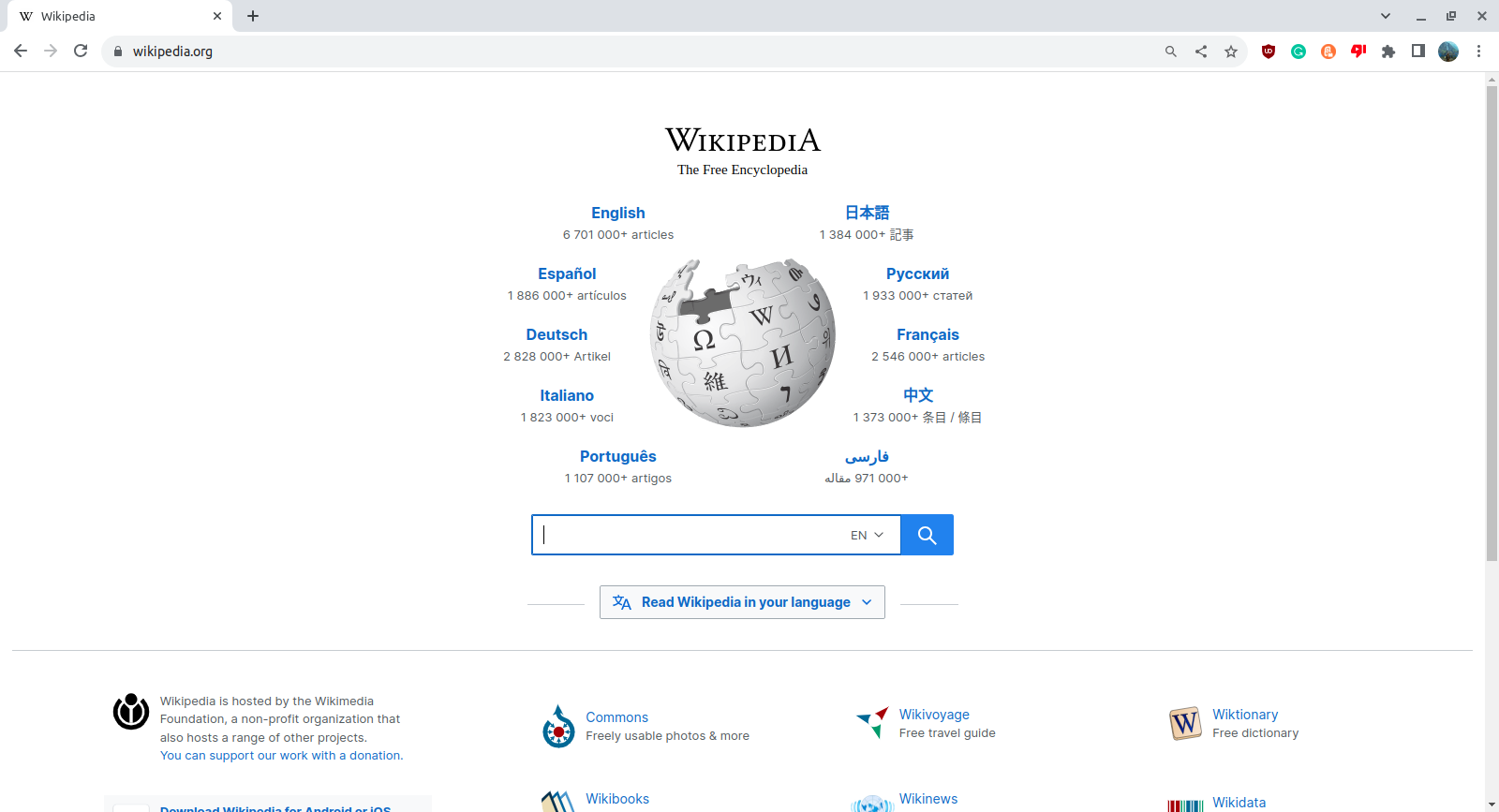|
WAP Gateway
A WAP gateway sits between mobile devices using the Wireless Application Protocol (WAP) and the World Wide Web, passing pages from one to the other much like a proxy. This translates pages into a form suitable for the mobiles, for instance using the Wireless Markup Language (WML). This process is hidden from the phone, so it may access the page in the same way as a browser accesses HTML, using a URL A uniform resource locator (URL), colloquially known as an address on the Web, is a reference to a resource that specifies its location on a computer network and a mechanism for retrieving it. A URL is a specific type of Uniform Resource Identi ... (for example, http://example.com/foo.wml), provided the mobile phone operator has not specifically prevented this. WAP gateway software encodes and decodes requests and responses between the smartphones, microbrowser and internet. It decodes the encoded WAP requests from the microbrowser and send the HTTP requests to the internet or to a lo ... [...More Info...] [...Related Items...] OR: [Wikipedia] [Google] [Baidu] |
Wireless Application Protocol
Wireless Application Protocol (WAP) is an obsolete technical standard for accessing information over a mobile cellular network. Introduced in 1999, WAP allowed users with compatible mobile devices to browse content such as news, weather and sports scores provided by mobile network operators, specially designed for the limited capabilities of a mobile device. The Japanese i-mode system offered a competing wireless data standard. Before the introduction of WAP, mobile service providers had limited opportunities to offer interactive data services, but needed interactivity to support Internet and Web applications. Although hyped at launch, WAP suffered from criticism. However the introduction of GPRS networks, offering a faster speed, led to an improvement in the WAP experience. WAP content was accessed using a ''WAP browser'', which is like a standard web browser but designed for reading pages specific for WAP, instead of HTML. By the 2010s it had been largely superseded by mor ... [...More Info...] [...Related Items...] OR: [Wikipedia] [Google] [Baidu] |
World Wide Web
The World Wide Web (WWW or simply the Web) is an information system that enables Content (media), content sharing over the Internet through user-friendly ways meant to appeal to users beyond Information technology, IT specialists and hobbyists. It allows documents and other web resources to be accessed over the Internet according to specific rules of the HTTP, Hypertext Transfer Protocol (HTTP). The Web was invented by English computer scientist Tim Berners-Lee while at CERN in 1989 and opened to the public in 1993. It was conceived as a "universal linked information system". Documents and other media content are made available to the network through web servers and can be accessed by programs such as web browsers. Servers and resources on the World Wide Web are identified and located through character strings called uniform resource locators (URLs). The original and still very common document type is a web page formatted in Hypertext Markup Language (HTML). This markup lang ... [...More Info...] [...Related Items...] OR: [Wikipedia] [Google] [Baidu] |
Wireless Markup Language
Wireless Markup Language (WML), based on XML, is an obsolete markup language intended for devices that implement the Wireless Application Protocol (WAP) specification, such as mobile phones. It provides navigational support, data input, hyperlinks, text and image presentation, and forms, much like HTML (Hypertext Markup Language). It preceded the use of other markup languages used with WAP, such as XHTML and HTML itself, which achieved dominance as processing power in mobile devices increased. WML history Building on Openwave's HDML, Nokia's "Tagged Text Markup Language" (TTML) and Ericsson's proprietary markup language for mobile content, the WAP Forum created the WML 1.1 standard in 1998. WML 2.0 was specified in 2001, but has not been widely adopted. It was an attempt at bridging WML and XHTML Basic before the WAP 2.0 spec was finalized. In the end, XHTML Mobile Profile became the markup language used in WAP 2.0. The newest WML version in active use is 1.3. The first com ... [...More Info...] [...Related Items...] OR: [Wikipedia] [Google] [Baidu] |
Uniform Resource Locator
A uniform resource locator (URL), colloquially known as an address on the World Wide Web, Web, is a reference to a web resource, resource that specifies its location on a computer network and a mechanism for retrieving it. A URL is a specific type of Uniform Resource Identifier (URI), although many people use the two terms interchangeably. URLs occur most commonly to reference web pages (Hypertext Transfer Protocol, HTTP/HTTPS) but are also used for file transfer (File Transfer Protocol, FTP), email (mailto), database access (Java Database Connectivity, JDBC), and many other applications. Most web browsers display the URL of a web page above the page in an address bar. A typical URL could have the form http://www.example.com/index.html, which indicates a protocol (http), a hostname (www.example.com), and a file name (index.html). History Uniform Resource Locators were defined in in 1994 by Tim Berners-Lee, the inventor of the World Wide Web, and the URI working group of the In ... [...More Info...] [...Related Items...] OR: [Wikipedia] [Google] [Baidu] |


